Having spent some relaxing time in spas around the countryside, it is time to change the scenery and visit the big city, we are heading off to Budapest.
We do not have that far to drive, so we arrive at the outskirts of Budapest by lunchtime. First thing first: do the laundry. We have found a laundry chain online called Bubbles, which have a dozen of stores around Budapest. This one is in a suburb called Erd, southwest Budapest. It is perfect for us, as we are coming in that way. Moreover, there is a Lidl only five minutes walk away. So everything is slotting in quite nicely; park at Lidl, do the laundry, do the shopping, have lunch and drive off.
Like everything in life, the more you do something, the better you get at it. We are becoming incredibly efficient at combining the boring tasks and travelling. The laundry is empty, all washing machines and dryers are available. Laundry has never been quicker and cheaper: fifteen kilos of clothes washed and dried in one hour and it has cost us €10. Moreover, the wait has been painless. The place offers free fast WI-FI, so we made the most of it and loaded dozens of podcasts and caught up with the news.
It is 15.00, we are ready to drive closer to Budapest. We have a sight to see in the suburbs: Memento Park.
Memento Park is an open-air museum holding 42 statues of the communist Budapest. Unlike other ex-soviets countries, which have destroyed them or left them to be vandalised, Budapest has collected them in this park, so that they can make money out of them. Wise approach!
This is an aerial photo of the museum. Cool shape, isn’t it?
It looks like some amazing crop circle, great bit of aerial design, which becomes important in this google earth time. GDR.
The guy at the ticket office is quite charming. He welcomes visitors with an old Russian song played in an old radio set of the 1950’s.
The cynical reality is behind that carcass of a fifties radio lies an ultramodern mp3 player. GDR.
He also runs the museum shop. It is hilarious. All the stuff sold here is a parody of communism.
If you like the welcome song, you can buy the Best of Communism CD.
You can use Russian hip flask to drink vodka, if you are vodka lover.
Or if you know a communist nostalgic person, you can get him or her the last breath of communism.
But the funniest item for sale is a parody of a communist passport. Questions such as ‘Have you ever been a partisan?’, ‘Why do you need to go abroad?’, ‘How long will you be away for?’ and ‘Are you going to return?’ were asked when people used to go away.
We don’t buy anything, but we’ve had a good laugh. This is a healthy approach in how to overcome your black past.
We start our statue tour. The first one we come across is, of course, Mr Lenin (for why we call him Mr Lenin, see our post Something indifferent) I have the impression that Mr Lenin is quite well-respected here. Is he is considered the greater revolutionary leader and thinker? But he never got to rule Russia long enough to accomplish his dream.
He seems to be the man most statued in the Soviet era. We have seen quite a few during our travels around other ex-soviets countries. And there are quite a few displayed in this exhibition. Here is the second one.
Is this because he was respected and therefore the statue were retained whereas Stalin was both feared and hated and therefore his statues were destroyed? GDR.
And another one.
And many more, but this is the last one, we promise.
However, Stalin wasn’t that popular. This is what remains of him. His statue was demolished in the 1956 Hungarian revolution, which took place three years after his death.
But they are lovely boots! GDR
Stalin was hated by soviet countries. Dictatorial, unjust, obsessed with power, he proved that applying romantic ideas such as ‘one-class should rule the world’ and abolishing private property was never going to work. Trying to eliminate individualism, freedom of speech and opportunities go against human nature and, inevitably, give way to violent reactions.
We come across something quite amusing, the Trabant, ‘the people’s car’, a unique product of the Eastern torn apart Germany. Most soviets used to have one.
The Trabant was like the Beetle during the Hitler Germany and the Seat 600 during the Franco Spain. My father used to have one (a seat 600 not a Trabant, of course).
At the time, people had to pay 50% upfront and would then receive their vehicle three years later. It produces more than three times the pollution than the equivalent west European car of the time. GDR.
One by one, statue after statue, we go through the 42.
The open-air park is amazing. Although it is Saturday afternoon, there is not one soul around. Three girls have come after us, they happen to be British. How strange.
All statues try to display the same ideas: freedom
(ironic that one, isn’t it) GDR
Brotherhood
Collectivism and sharing of means of production
The overruling of the upper classes
And one day the sun will shine. A nice idea, a nice dream, but that is all it was. Now the capitalism, although imperfect, unjust and cruel at times, seems to be the only guy in town.
Some of the statues look quite robotic, uniform, submissive.
Some statues were dedicated to martyrs who died in defence of the system during WWII. The limbs of this guy are immensely disproportional with the size of his body.
Ugly but practical. I think the size of his limbs are a result of having to support such a large torso. GDR.
Partisans willing to die for their cause.
This is our favourite. The size of this one is enormous.
It portrays a strong sentiment of fighting for the cause.
All these statues are aimed at reminding people that they should be proud of what they fought for.
Have they really come to terms with their past? This exhibition is on the outskirts of Budapest and only seems to be visited by foreign tourists. Should we have expected some locals to be mulling around? They definitely seem to have adopted capitalism well, although they could have located it a bit more centrally! GDR
It turned out to be a good location for us as we surreptitiously located Dora in the car park. No one seemed to mind but I wonder what the security members thought? GDR
They also have statues of communist leaders, we couldn’t tell you who.
The partisans look like they are chasing us.
Sorry, we forgot this one.
And this one.
which happened to be next to the fathers of communism.
We now go to an exhibition, which runs a film about how the security members of the government used to be trained to spy on dissidents. The films are real, but they are only showing here the cockups of the members, such as when they broke into a house of an innocent person by mistake or when they handed over confidential documents to the wrong person. It is quite amusing.
The rest of the museum narrates the history of communist Hungary. Hungary was one of the less communist countries within the Soviet union. They had their first revolution against the regime as early as 1956, as soon as Stalin died, and it was one of the first countries which broke away from the USSR, as soon as Gorvachev started to implement reforms through the Perestroika.
Another replica of Stalin’s boots. This time white, not black.
We couldn’t leave the museum without photographing this quote. I don’t agree with most of the communist principles, except for the rejection of god.
Now back and relax in Dora.
SM
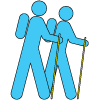
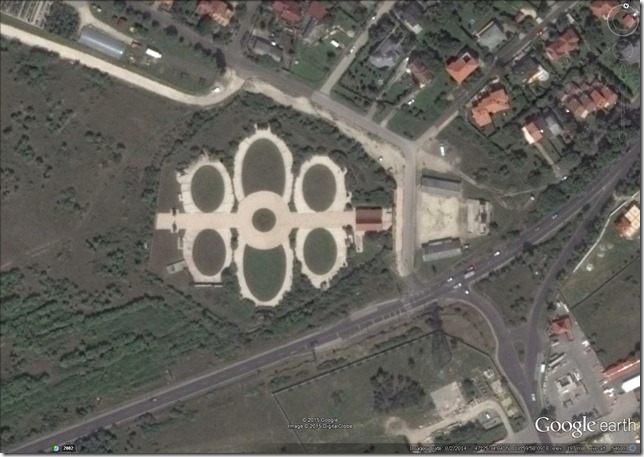
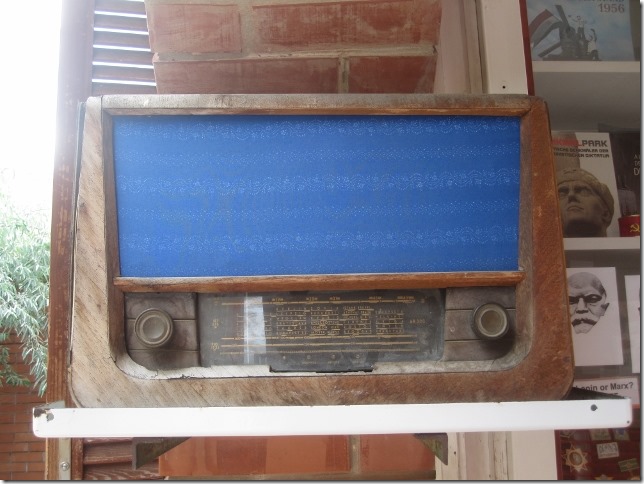
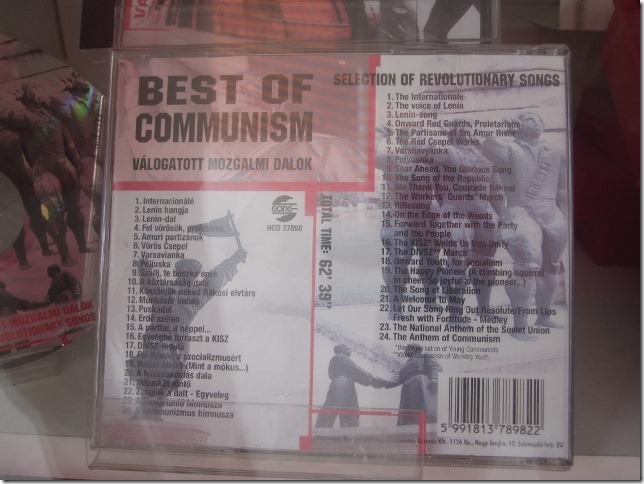
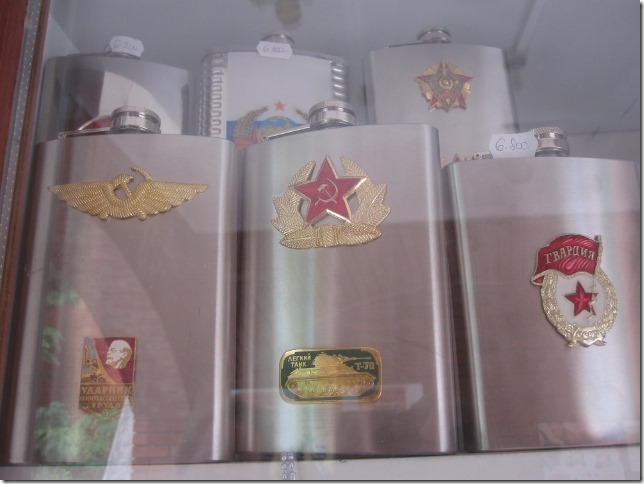
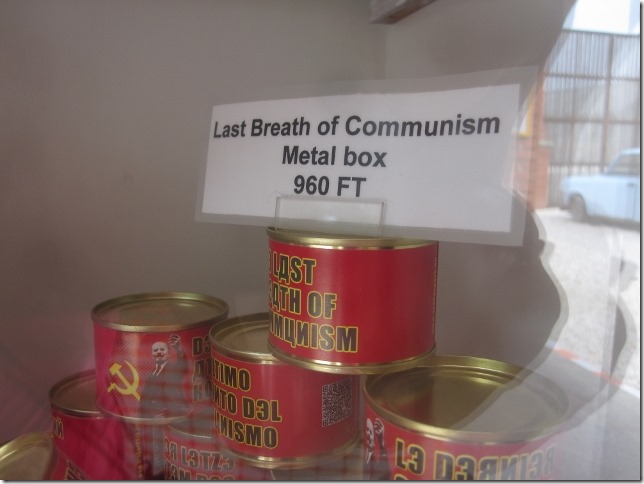
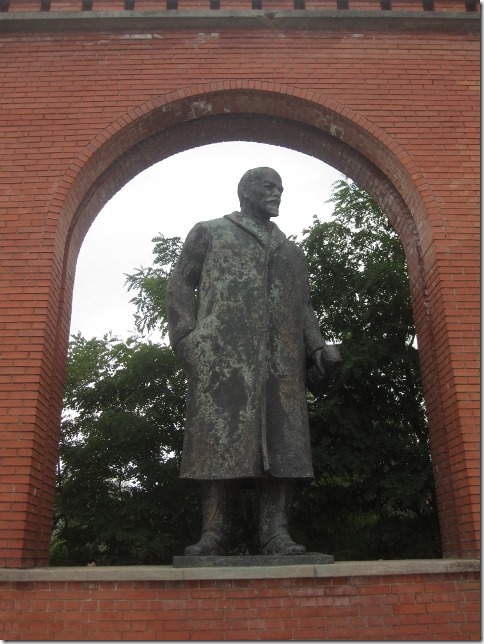
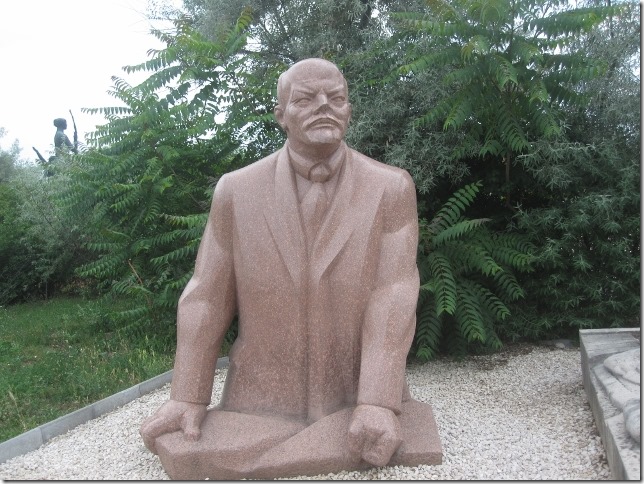
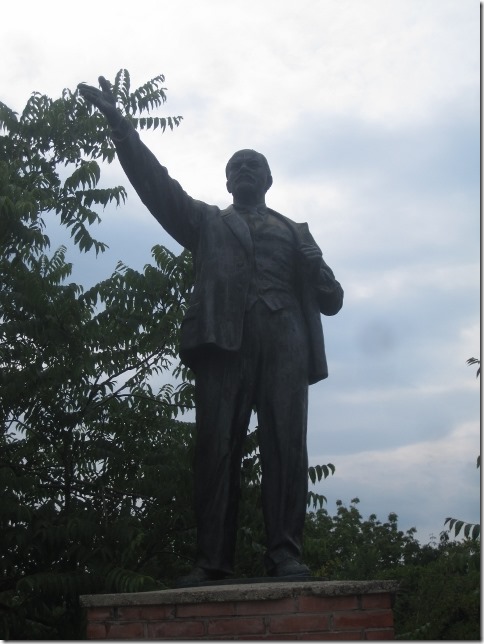
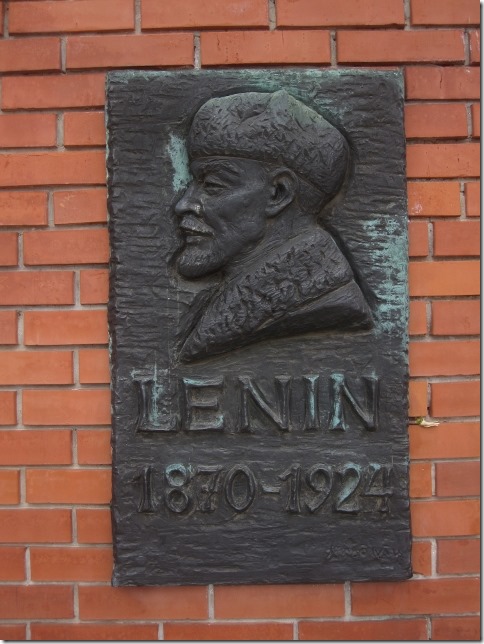
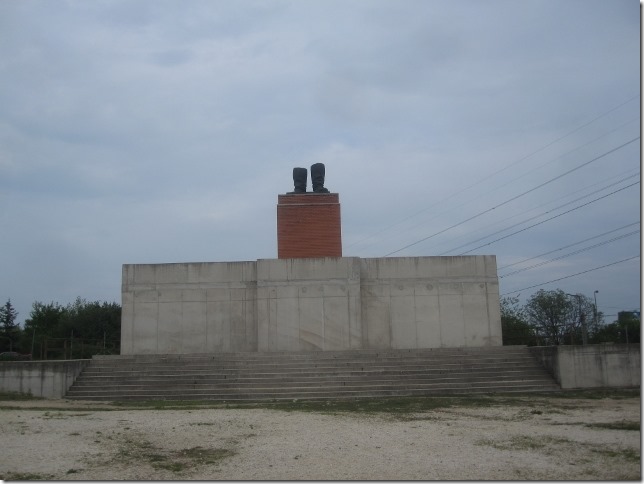
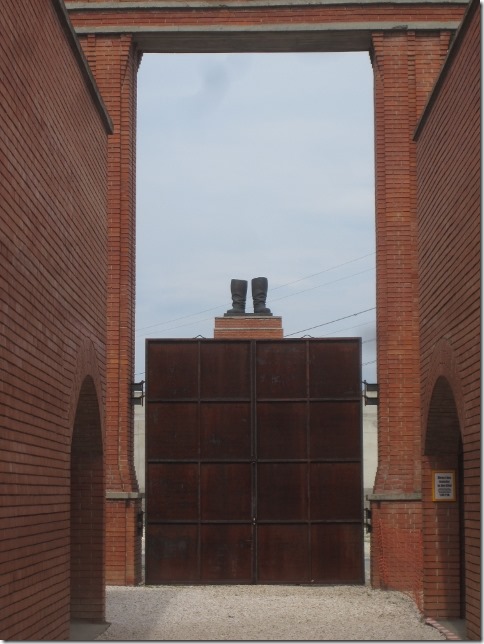
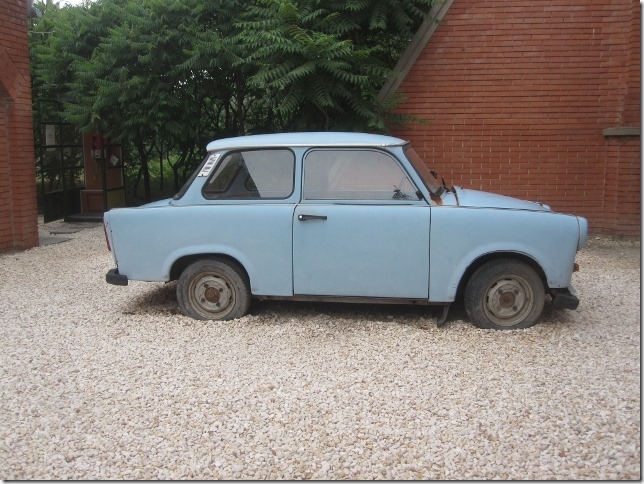
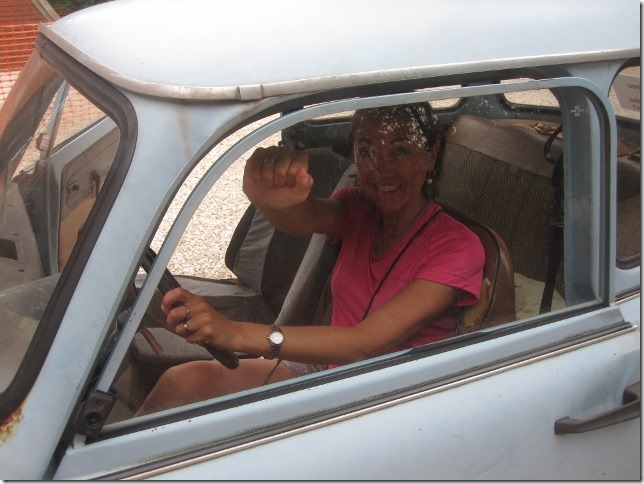
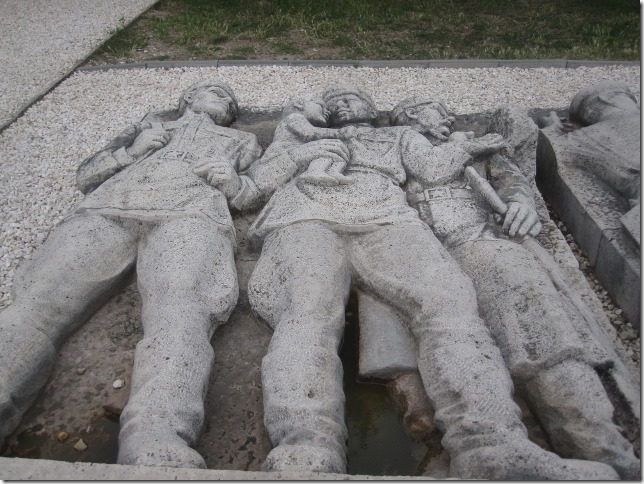
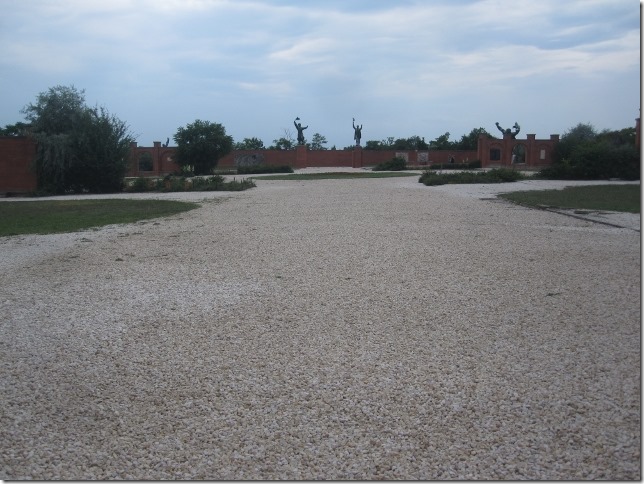
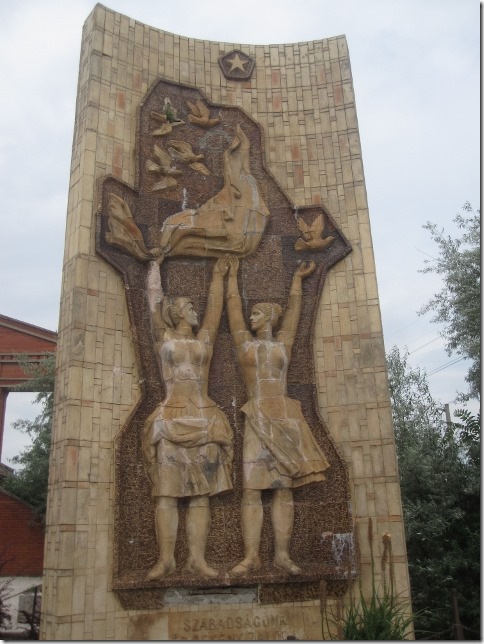
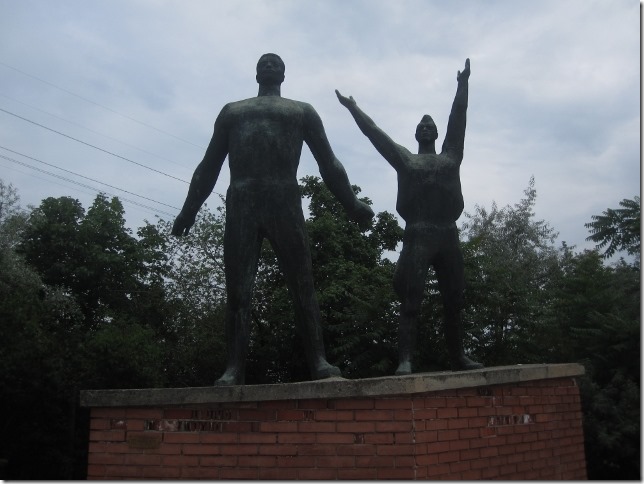
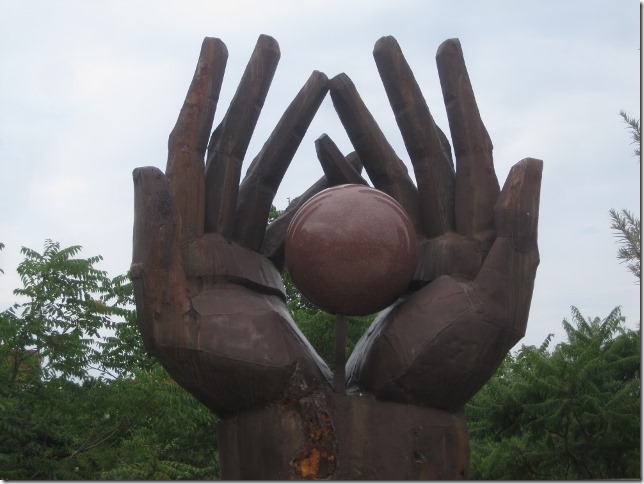
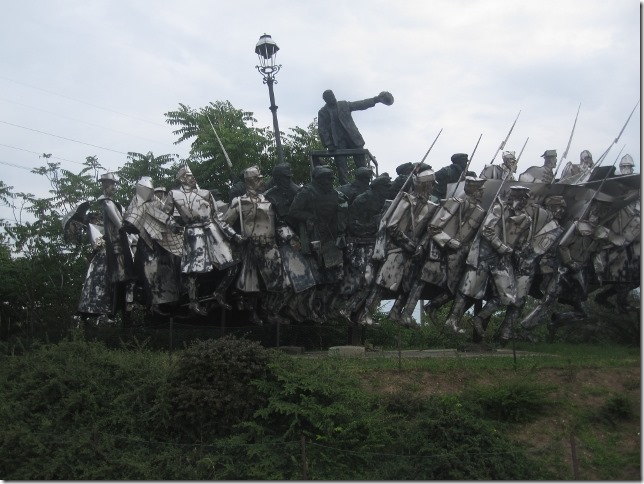
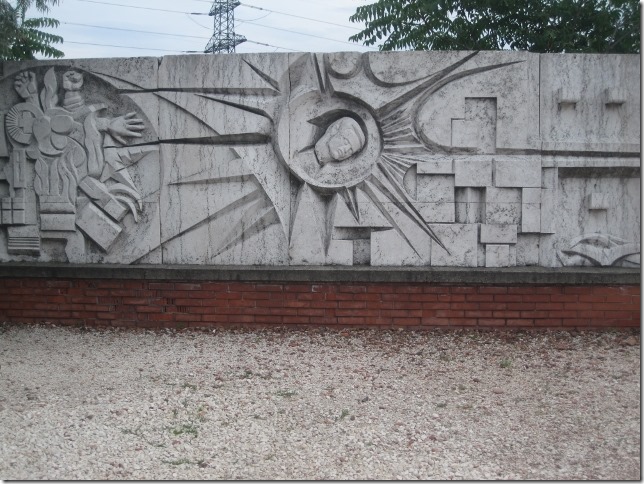
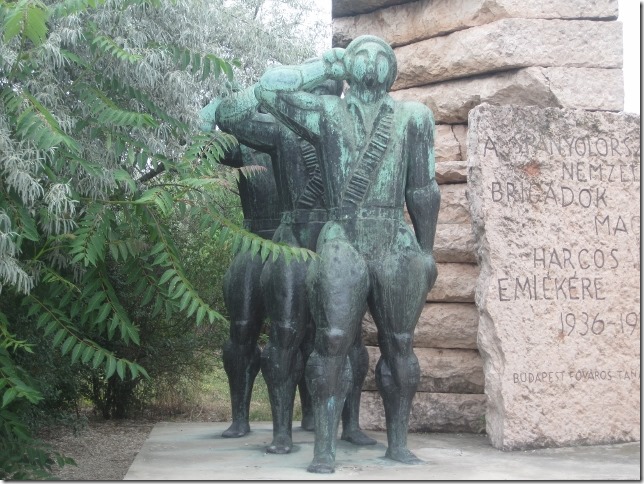
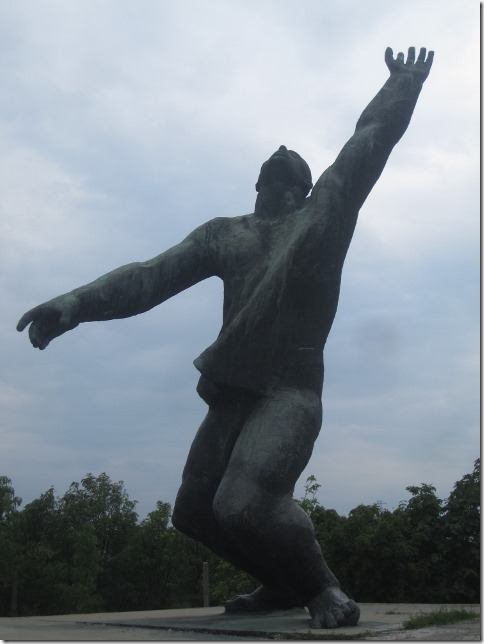
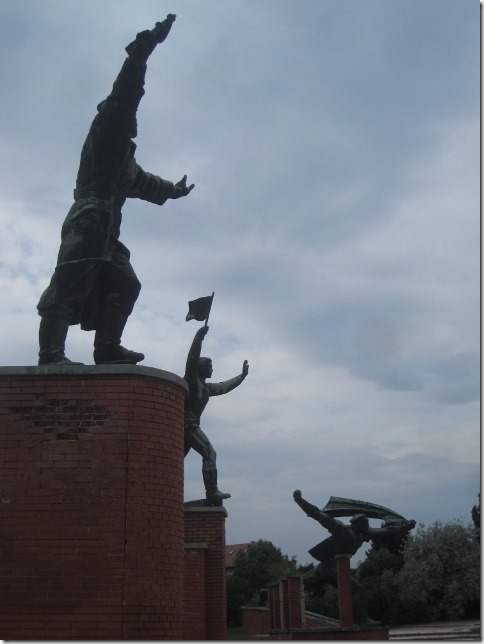
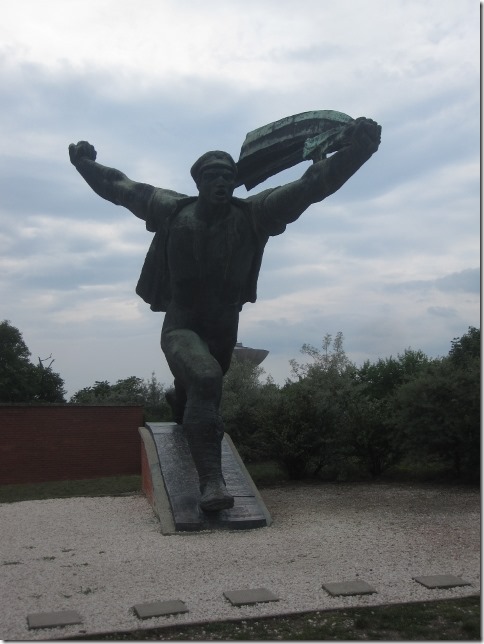
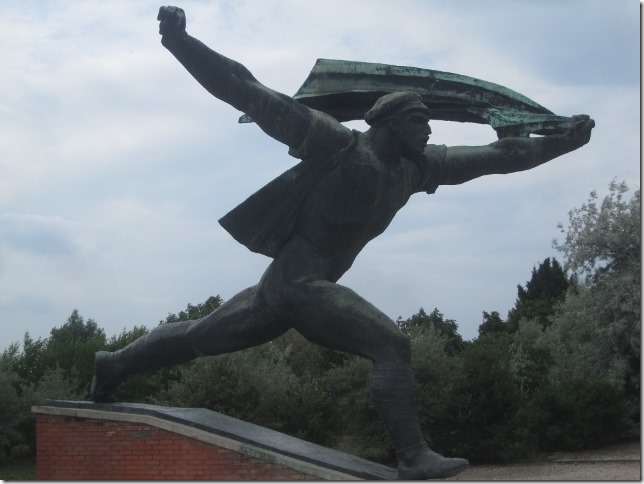
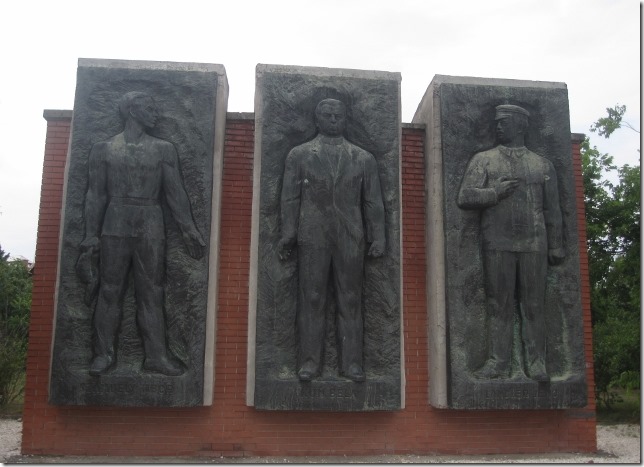
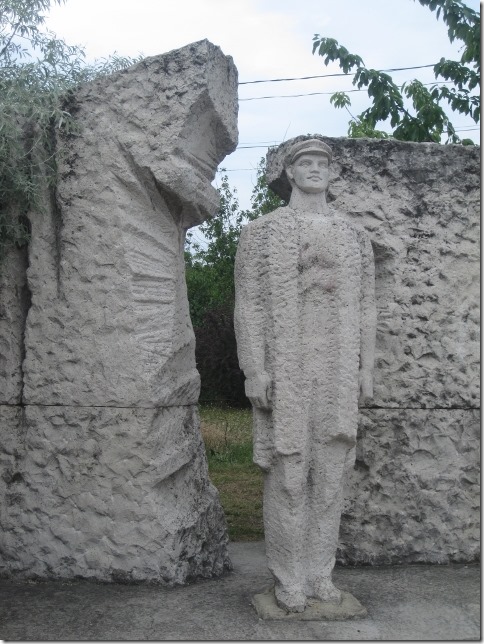
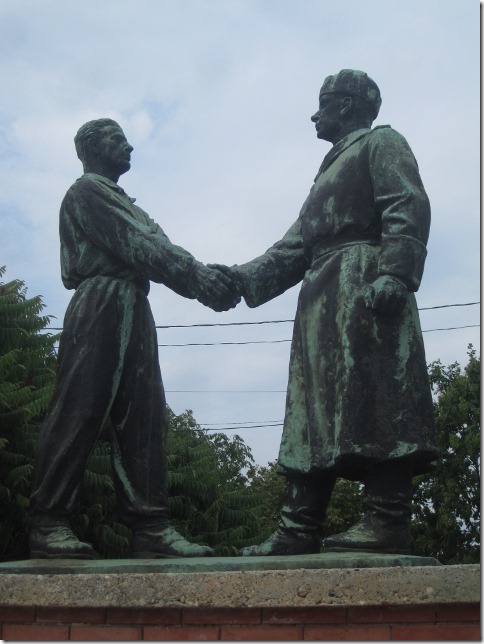
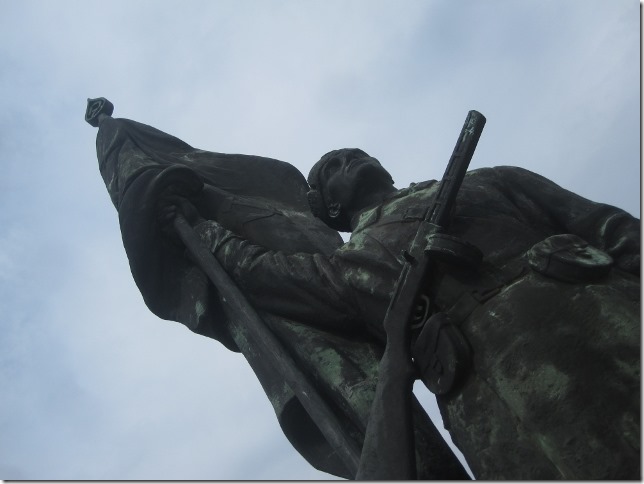
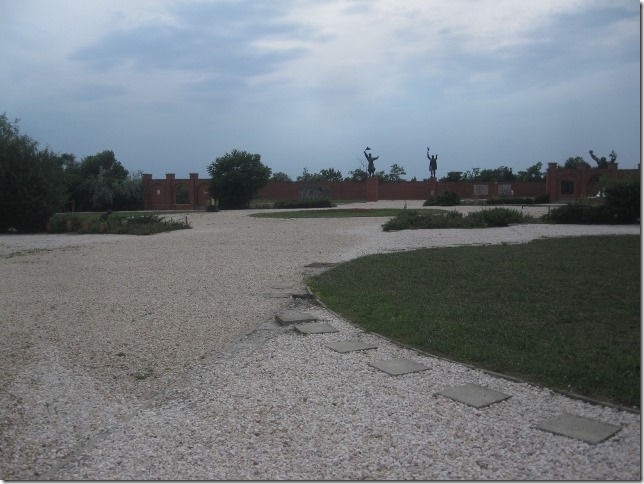
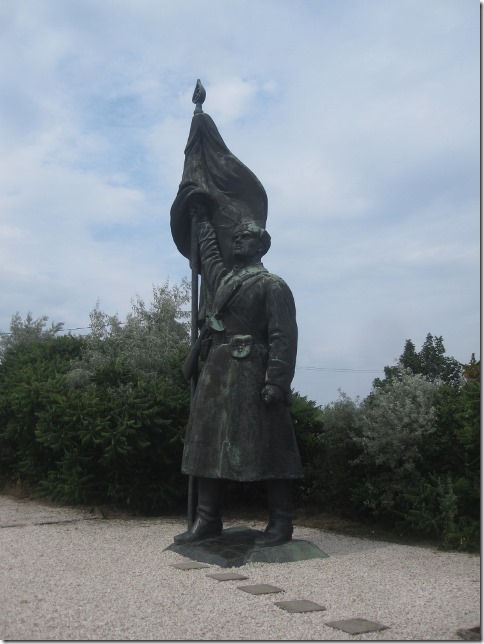
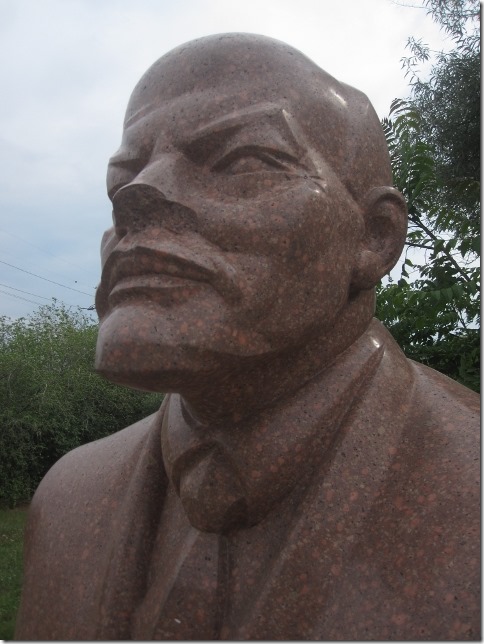
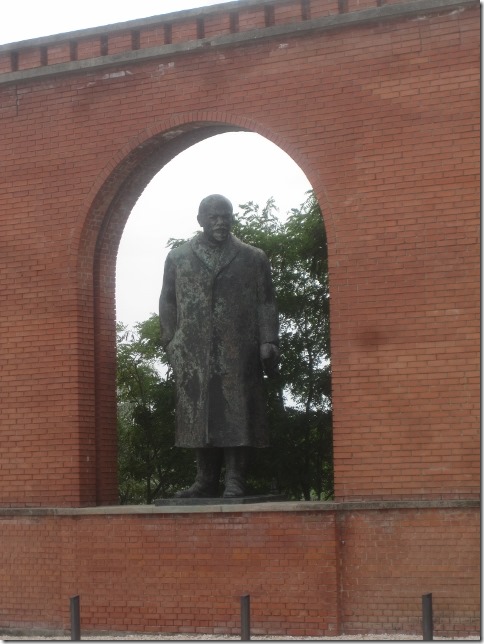
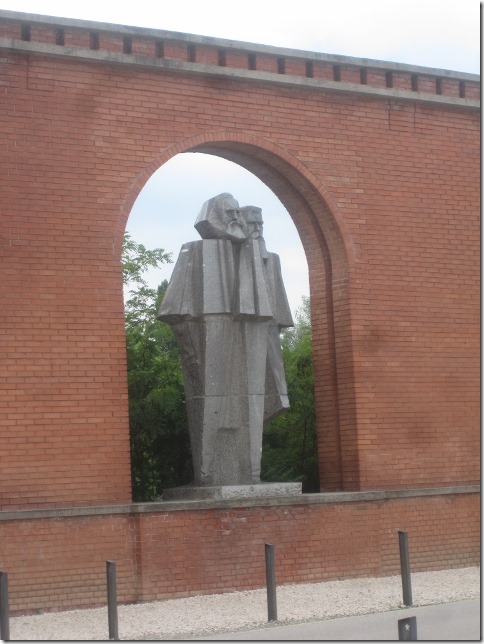
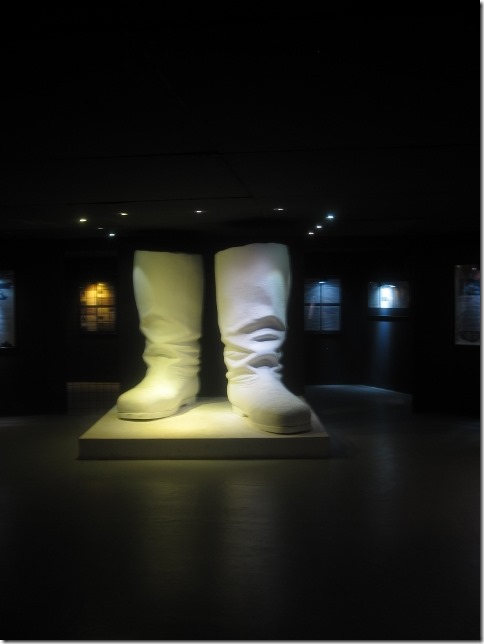
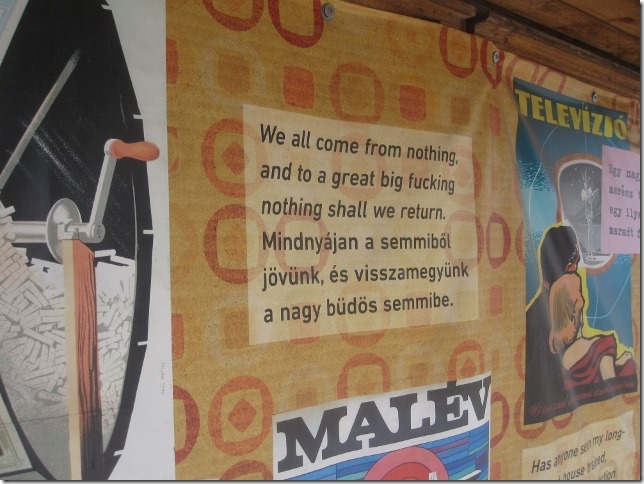






Curioso el museo al aire libre, supongo que sería gratuito, como se nota que querían a Lenin, le tienen hasta en la sopa, sin embargo Stalin aun dejando solo las botas ya es demasiado.
Bonitos recuerdos de la radio, una similar fue la primera que tuvieron mis padres.
Tiempos no tán tan lejanos